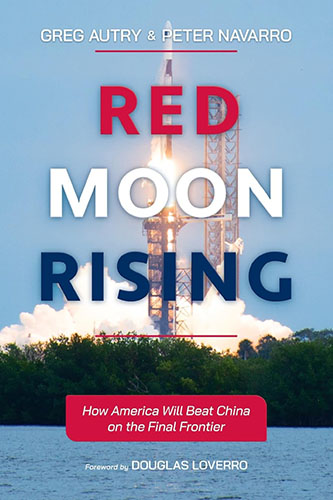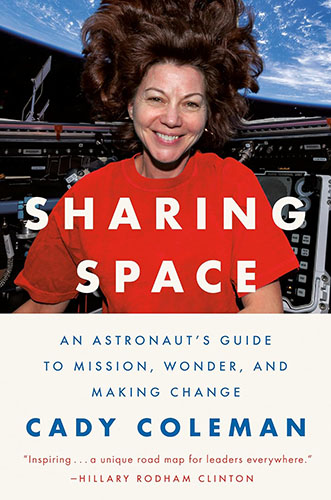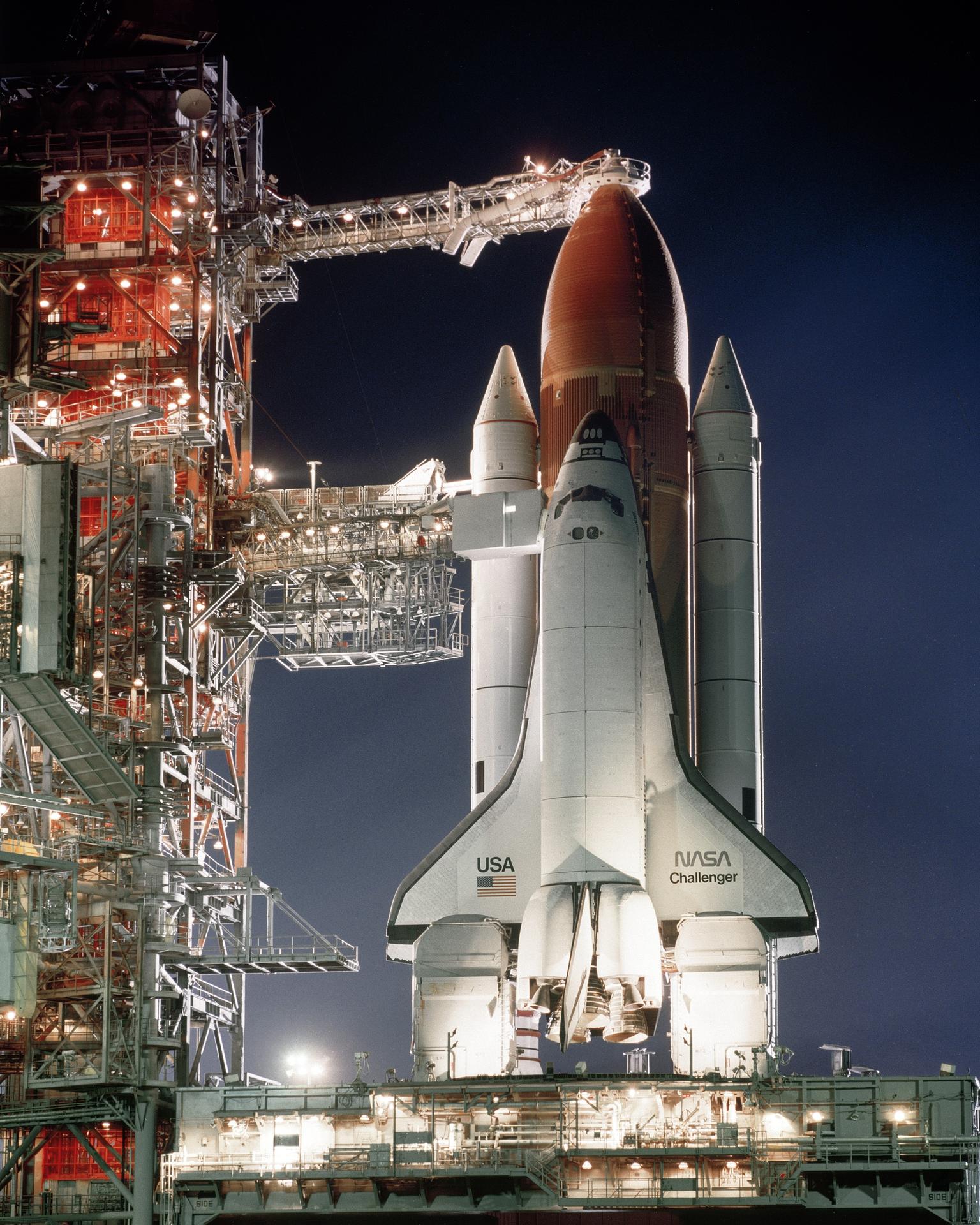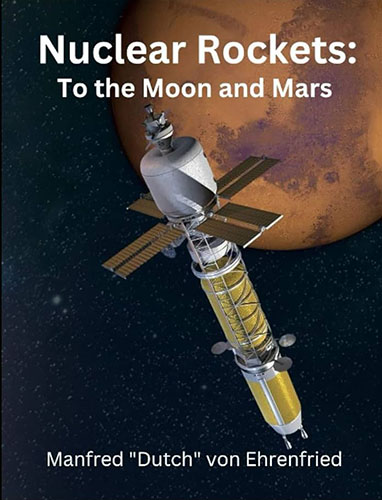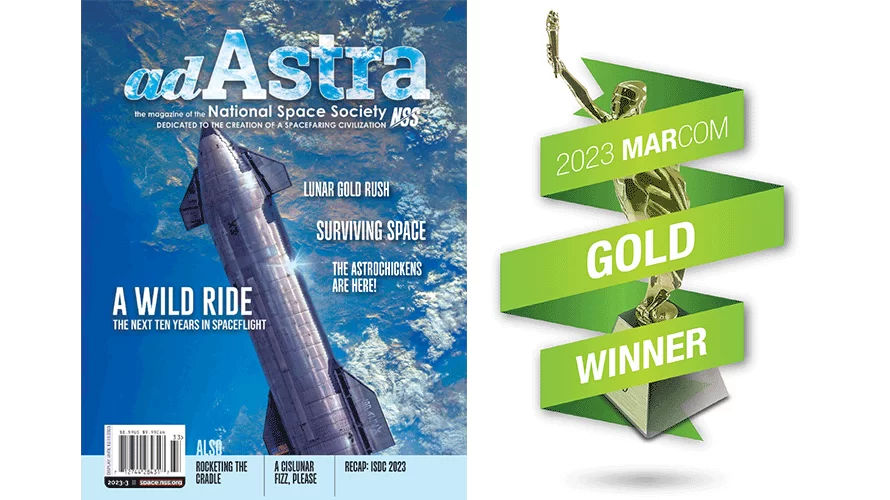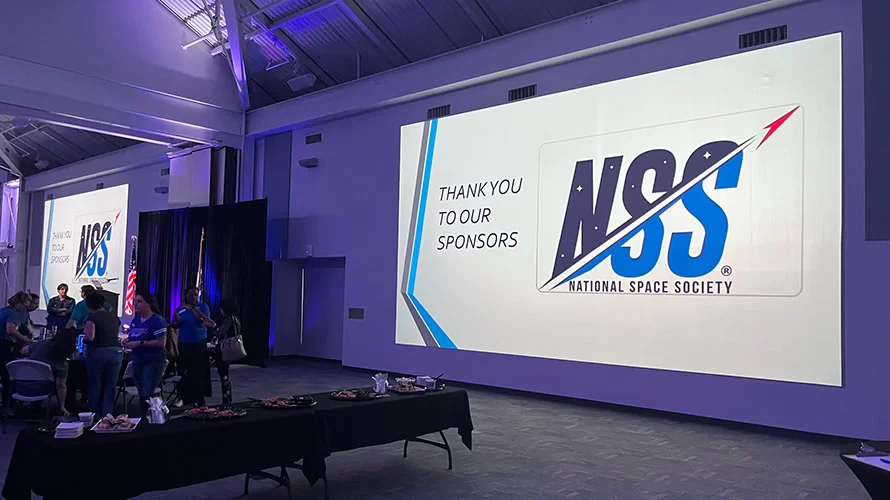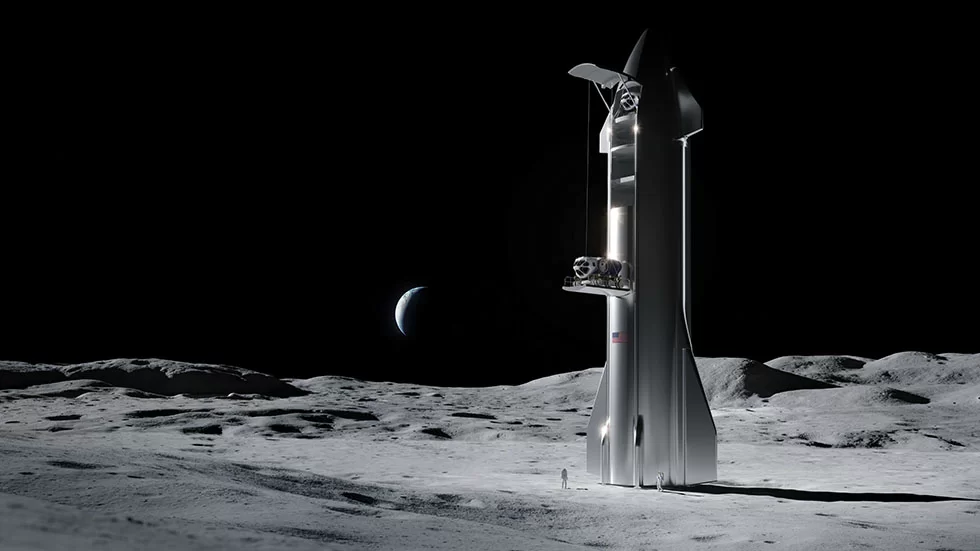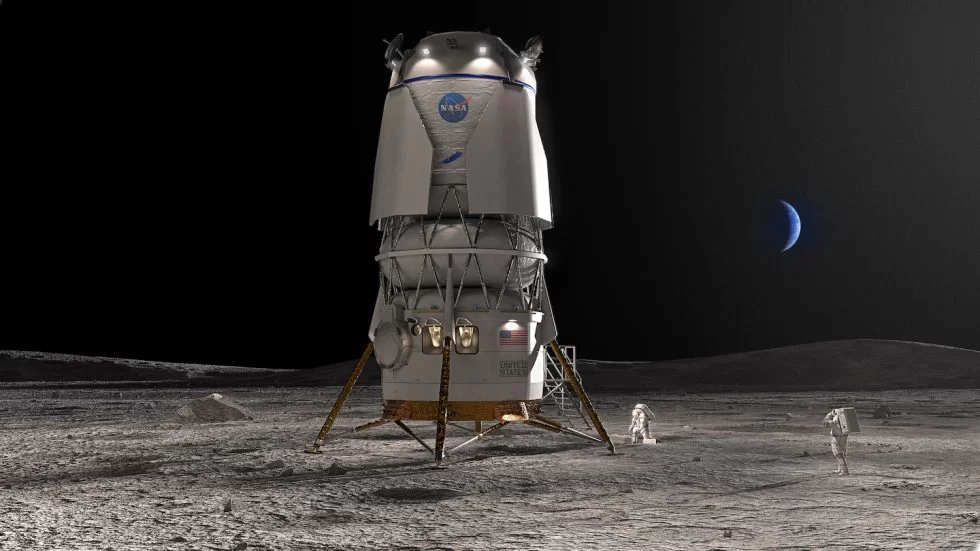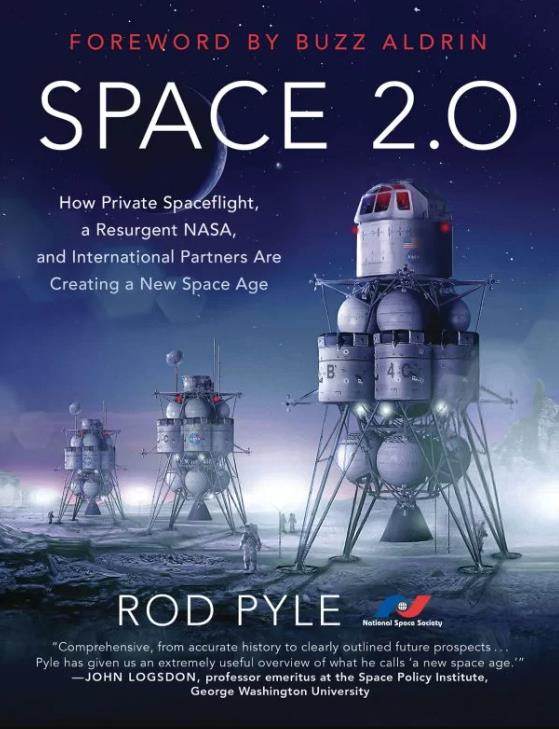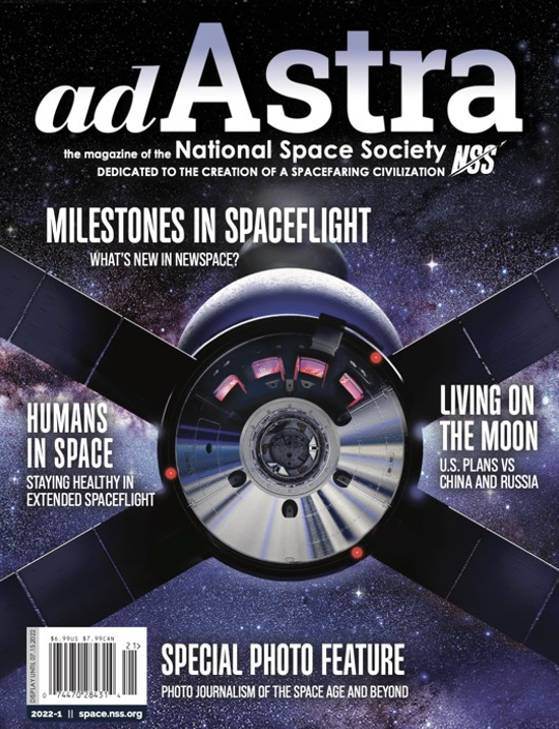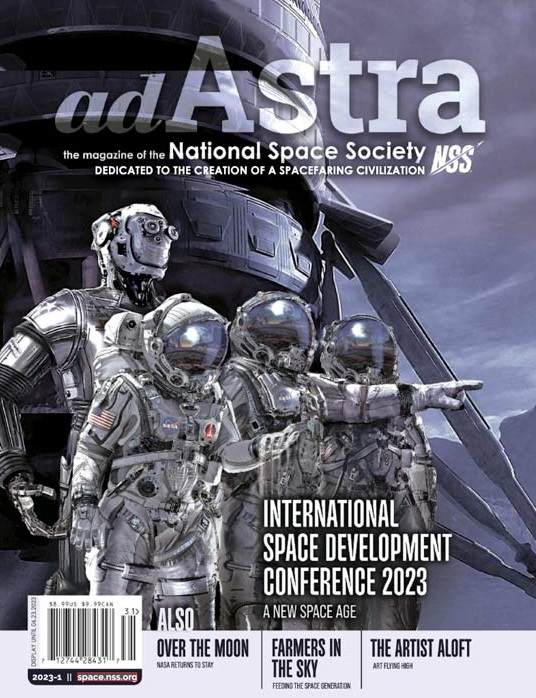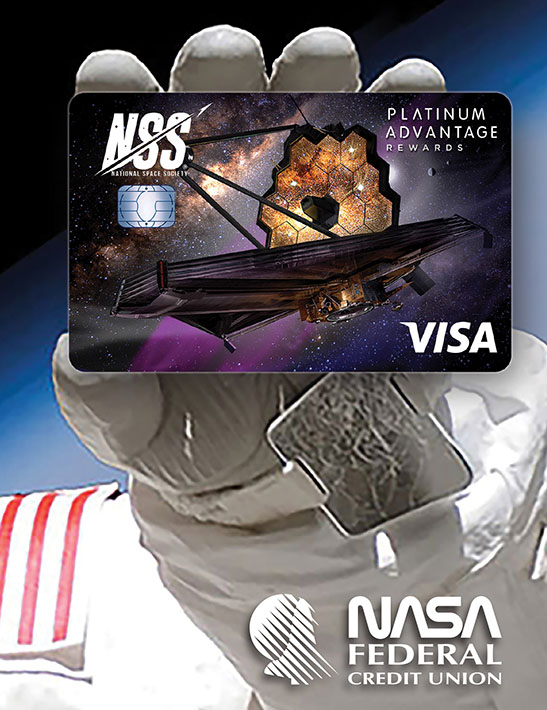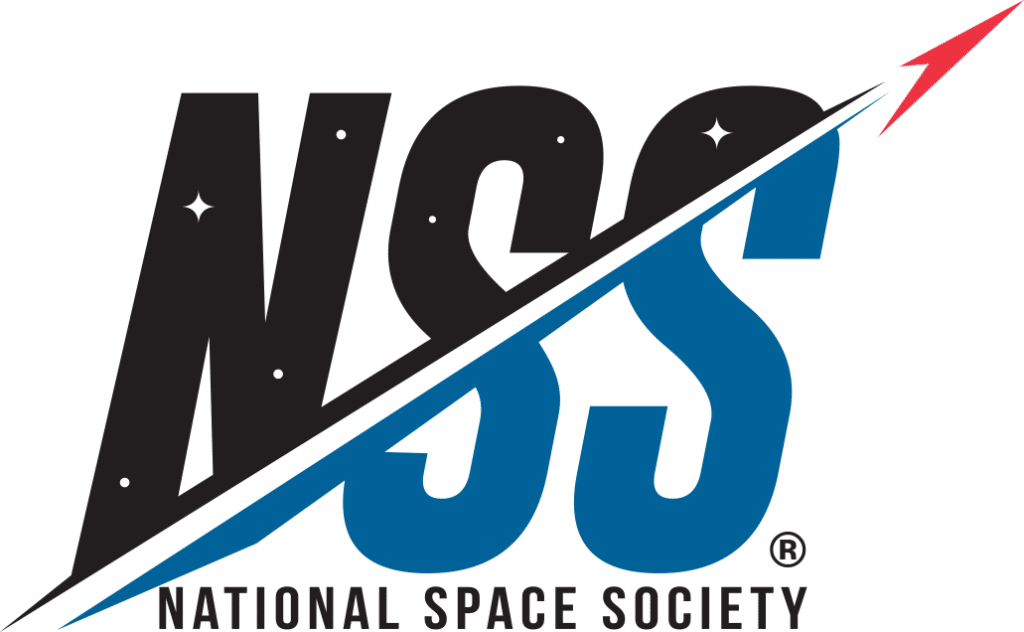| by Dave Fischer
The National Research Council has released Its sixth decadal survey of astronomy and astrophysics. The plan focuses on three science objectives:
The report addresses large, medium, and small activities in these fields. It surveys the existing facilities and the new facilities that would be needed, both ground based and space based. It looks at the known science objectives and where new discoveries might be made. And it looks at the promise of the proposals and the risks associated with each. The large scale space-based projects are:
WFIRST, the near infrared wide-field telescope, is intended to explore Dark Energy and Exoplanet statistics as well as support guest survey investigations. The Explorer Program is ongoing and funds rapid, targeted projects that deliver a high science return. Past projects include WMAP, Swift, GALEX and WISE. LISA will exploit the new field of astronomy using long wavelength gravitational radiation measured by three spacecraft 5 million kilometers apart. IXO is a large area, high spectral resolution x-ray observatory to explore hottest regions in the universe, including clusters of galaxies, the intergalactic medium, and black hole accretion disks. The medium scale space-based projects are:
The New Worlds technology development program is a research program to obtain preliminary observations in order to study nearby habitable planets. Included is technology development in order to make an informed decision in the second half of this decade on a flagship mission. The Inflation Technology development program will use ground based microwave background telescopes to examine “B-mode polarization.” This is a sensitive signature of processes thought to have occurred during the earliest moments of the universe. If a signal is seen, then a space-based mission with at least ten times greater sensitivity is warranted and associated technology development would be needed. There are four large scale ground-based projects recommended, and prioritized as follows:
The LSST project would address research such as dark energy using gravitational lensing, dark matter, Near-Earth Kuiper-belt objects, the Solar neighborhood, and transient phenomena such as gamma-ray bursts, variable stars, and supernova. The mid-scale program would fund annual proposals to compete for funding, of which around 7 proposals would be chosen during the decade. The Giant Segmented Mirror Telescope project suggests that NSF chose one of the two current 30 meter telescope projects (The Giant Magellan Telescope in Chile or the Thirty Meter Telescope in Hawaii) and invest in a quarter share in order to provide access for the entire US community. The report proposes that the team responsible for the proposed US Advanced Gamma-ray Imaging System (AGIS) collaborate as a minor partner with the European Cherenkov Telescope Array (CTA). There is one medium scale ground-based program that was recommended by the NRC Decadal Survey:
This 25 meter wide-field sub-millimeter telescope would work in conjunction with the Atacama Large Millimeter Array (ALMA) in Chile. The small scale investment recommendations are:
Other documentation: |
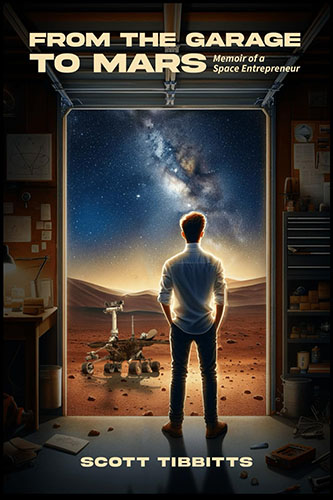
Book Review: From the Garage to Mars
Category: Nonfiction Reviewed by: Susan Raizer Title: From the Garage to Mars: Memoir of a Space Entrepreneur Author: Scott Tibbitts
